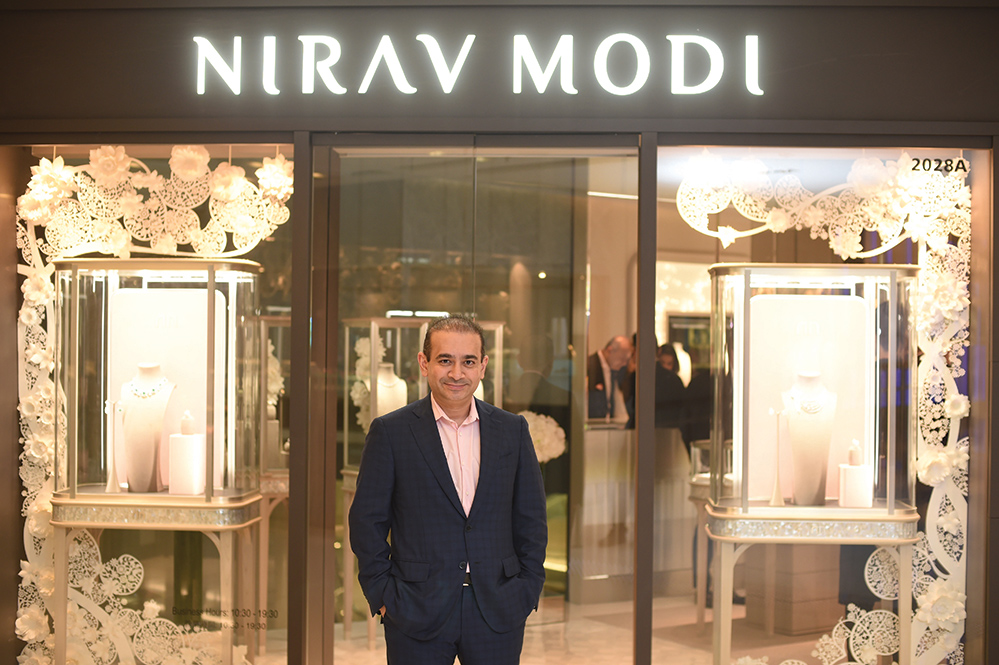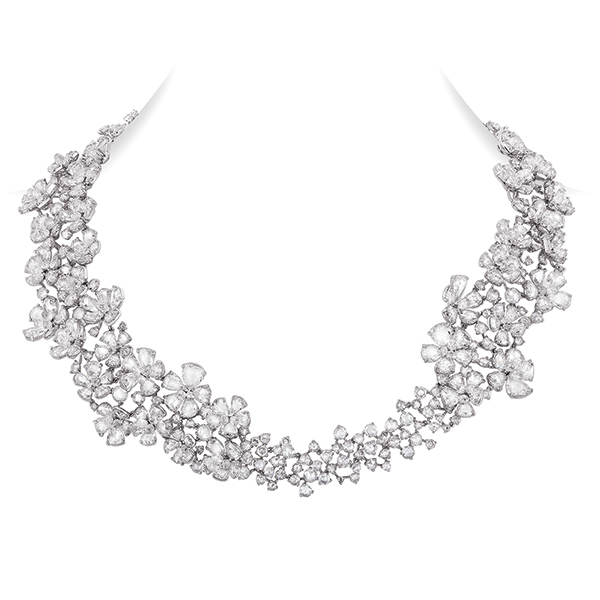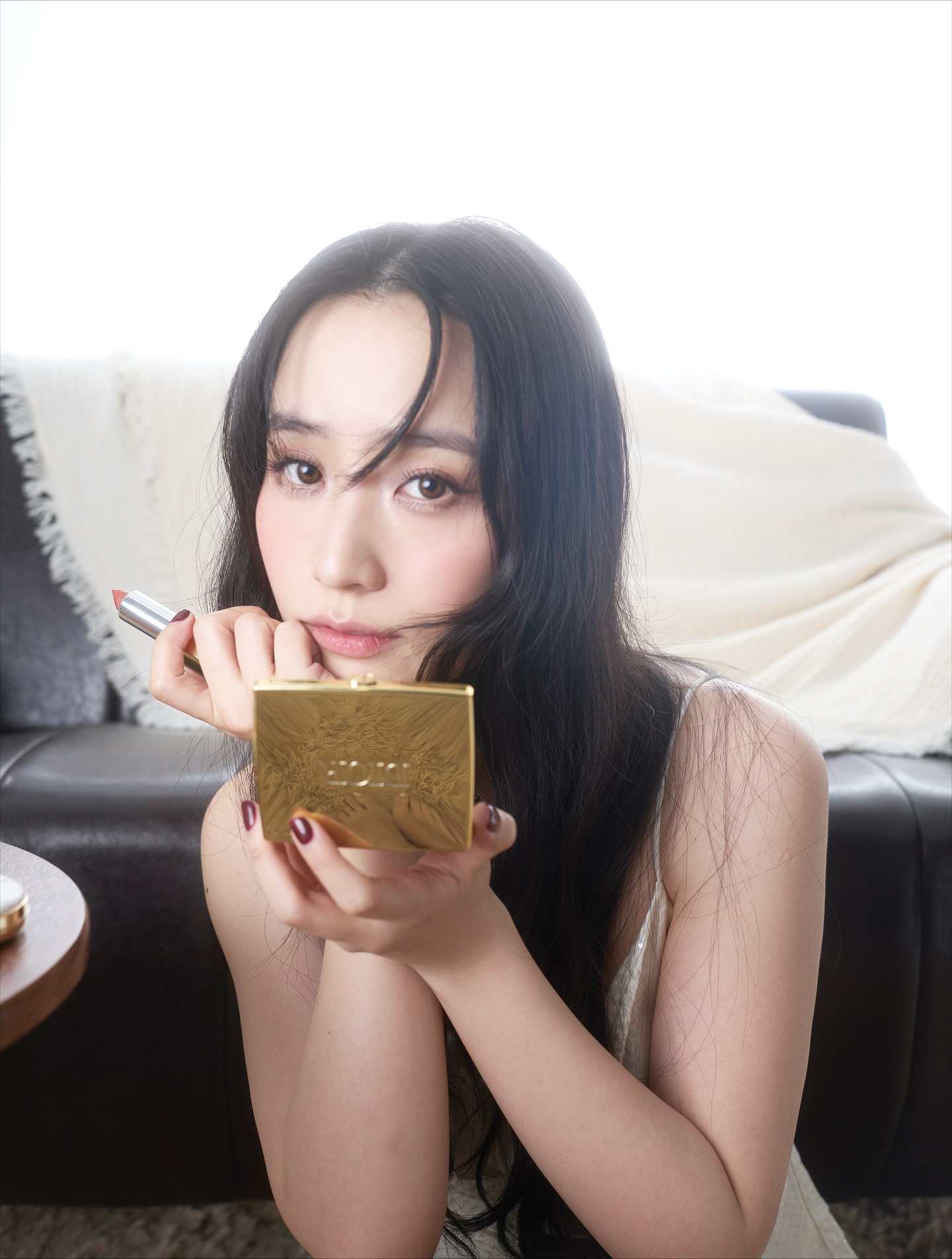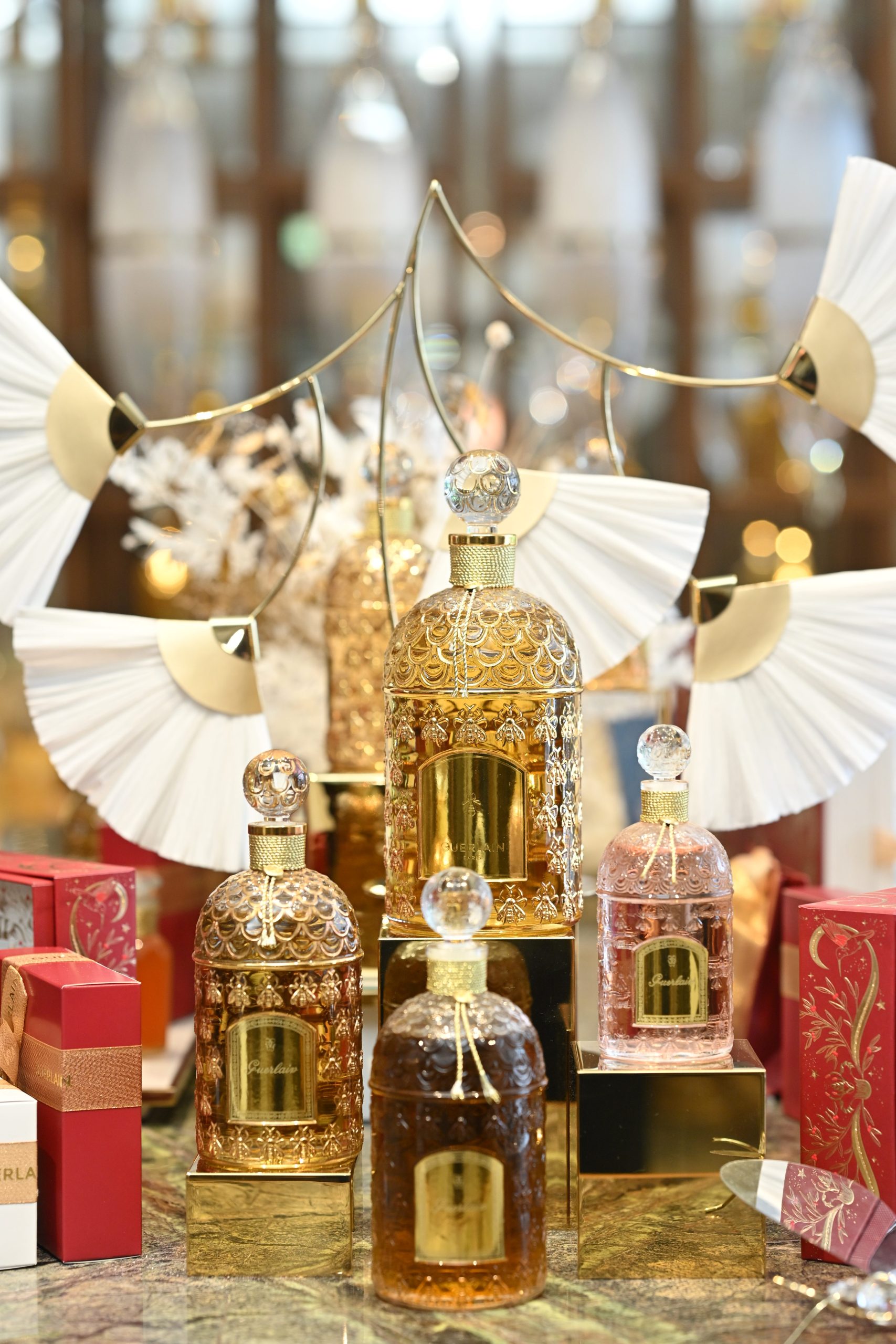
Growing up in the Belgian city of Antwerp, Nirav Modi was accustomed from an early age to hearing his father, Deepak Modi, a diamond dealer, talk about the stones he bought and sold, and those he cut. The younger Modi’s late grandfather had also been in the diamond trade, so it was unusual for talk at the dinner table in their household to be about anything other than diamonds and their beauty. “It was our way of conversation, and those were actually really nice memories,” says the soft-spoken scion of the family, now 45 years old.
Even so, Modi never expected to take up the diamond trade. As a child, he hoped to be an orchestra conductor. “I just found it very fascinating and beautiful, the way the conductor waves his hands and this beautiful music erupts. But in the end I did not go down that route at all, but studied international finance,” he says, with a hint of regret in his voice.
After a spell at The Wharton School of the University of Pennsylvania, however, Modi turned his back on the Ivy League and in 1990, at the age of 19, he began his training in gemstones under his uncle, Mehul Choksi, chairman and managing director of Gitanjali Gems, one of India’s largest diamond companies. Modi was taught by craftsmen how to look at a rough diamond, how to appreciate it and how to transform it. After nearly a decade of learning his trade, he started his own company, Firestar Diamond, which bought and processed diamonds.
The Modi family were jewellers, not designers. Modi became a designer only by chance. “I had always only been dealing in importing diamonds of the highest quality,” he says. “Then, around eight years ago, a friend asked me to make a pair of earrings for her. Initially I said no, but after six months she was getting a bit persistent and said, ‘I only want a pair of earrings from you.’” He relented and designed by himself a pair of simple earrings made of special diamonds cut in his factory in Russia.
Modi’s friend was delighted with the result, and her husband called him the next day to say: “My wife is very happy. Thank you.” Modi says: “It then made me think. If I could be in a profession where I can bring a smile to people’s faces, this would be the right thing to do. That is why I wanted to start the brand.” In 2010 he established the Nirav Modi brand.

The proprietor knew little about design and was unable to draw, but his mind was full of ideas drawn from experience. Modi’s mother was an interior designer and diligently exposed her children to art and culture, educating them in the finer points. “My mother would drive all the children to the museum and say we should appreciate this or understand that, and that is how I started to appreciate art. Also, the combination of growing up in Europe and my own Indian heritage influenced my sense of aesthetic.”
Modi describes his muse as, simply, the woman – albeit an elegant woman blessed with joie de vivre. He describes his aesthetic sense as delicate and restrained. “You will see that the diamonds sparkle the most because of the way they are cut. And, because of the way the diamonds are set, you will see minimal metal,” he says. “It is like a poem. It is very poetic, cultural and multi-dimensional, and it is always created with the woman in mind.”
The composer of poetry in metal and gemstones wishes his jewellery to be worn often, so he makes it comfortable to wear. Modi says jewellery should enhance the woman rather than stymie her movements. “The necklaces, they are very comfortable. You can wear them for six or eight hours and will not feel like they are choking you. They are meant to be light and fluid,” he says.
Modi’s designs are modern, but inspired by his Indian heritage. His Mughal Collection, for instance, is inspired by Indian literature and the Taj Mahal. The diamonds in the collection are the shape of petals, cut by a patented method. Other Nirav Modi collections are inspired by flowers common in India, such as the jasmine and lotus flowers. The lotus flower’s spiritual significance appeals to the designer. “It grows in mud, but it is a very beautiful flower and, in India, this has a lot of significance,” he says.
Designing a piece of jewellery can take between six months and two years. Since Modi does not draw, he uses words, written or spoken, to communicate his ideas to his 30-strong design staff, who then get drafting. “Every single step, from the initial concept to seeing it put to paper, I am involved,” he says. “From my descriptions, the designer will draw and show it to me, and I would decide if it is acceptable.” The design is adjusted and, once Modi is satisfied, the final draft is sent to the craftsmen. They make a prototype and Modi inspects it. As many versions as necessary are made until the boss is happy with it. He acknowledges that the process is laborious.
Asked if he has any favourite pieces, Modi laughs. “I have three children, and it is like you are asking me: ‘Do you have a favourite child?’” he says. It was the sight of his daughters playing with an elastic hairband that inspired his Embrace bangle, set with 1,600 diamonds. The bangle has no clasp, but contains a mechanism that allows it to be stretched over the hand to fit securely around the wrist.

Retailing is new to Modi. Before 2010 he confined himself to selling loose stones wholesale to jewellers. But he is undaunted by the challenge. He hopes to open 100 Nirav Modi shops around the world by 2025. He began last year with flagship shops in New Delhi and Mumbai. Last September the brand opened a shop on Madison Avenue in New York. Among the celebrities at the opening were British actress Naomi Watts, Canadian supermodel Coco Rocha and Indian actress Nimrat Kaur. “Establishing a presence in the United States is a key milestone of our growth strategy as a leading international luxury brand, and it has been very exciting, especially when I see that women love the jewellery – and not just in India, but also the US and Hong Kong,” Modi says.
The Nirav Modi brand got off to a blistering start. An early creation fetched US$3.56 million when auctioned by Christie’s in Hong Kong in 2010. It is a latticework necklace in pink and colourless diamonds with a 12.29-carat Golconda diamond in the shape of a pear at its centre. It put the brand proprietor on the cover of Christie’s Hong Kong auction catalogue, and thrust his business into the exalted company of Cartier, Harry Winston and Tiffany & Co.
Modi is thrilled by the success of his brand. Its success means he now has a net worth of US$1.68 billion, according to Forbes magazine. He feels his business has benefitted from greater appreciation of fine jewellery in the marketplace. Yet it has undoubtedly gained just as much from his own contribution since he overcame his reluctance to be a designer, hearkening to his own motto: “Just be fearless.”





